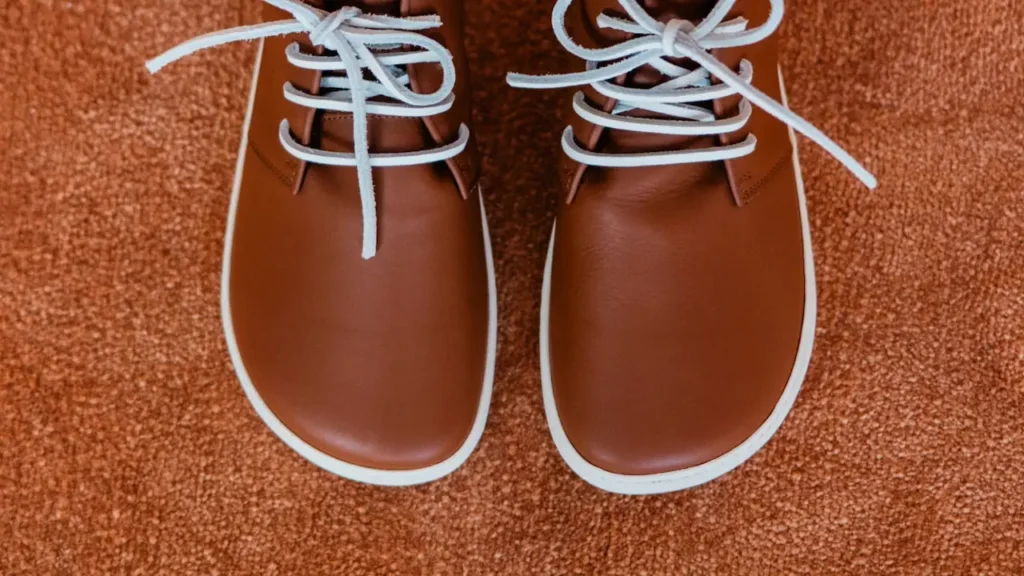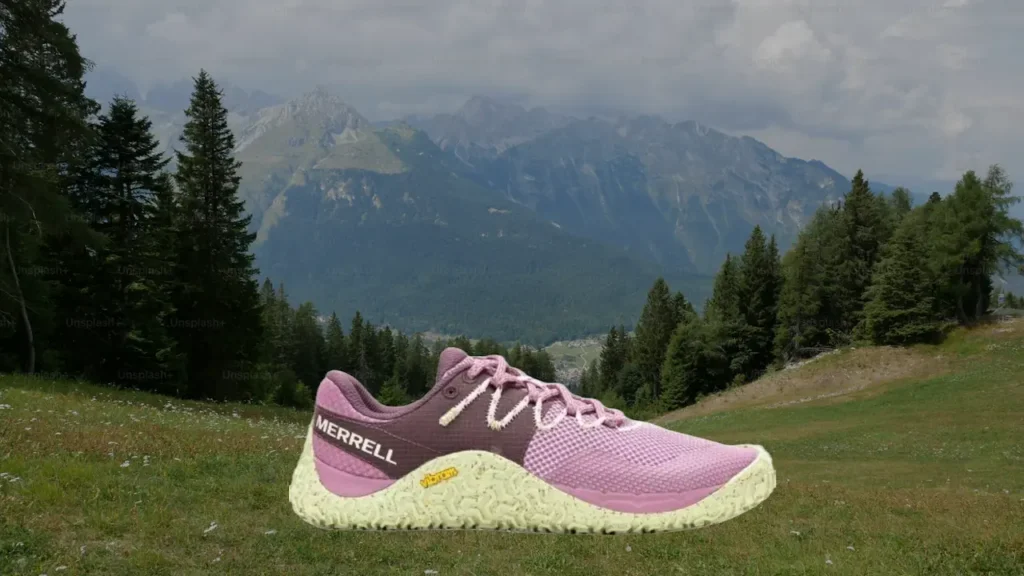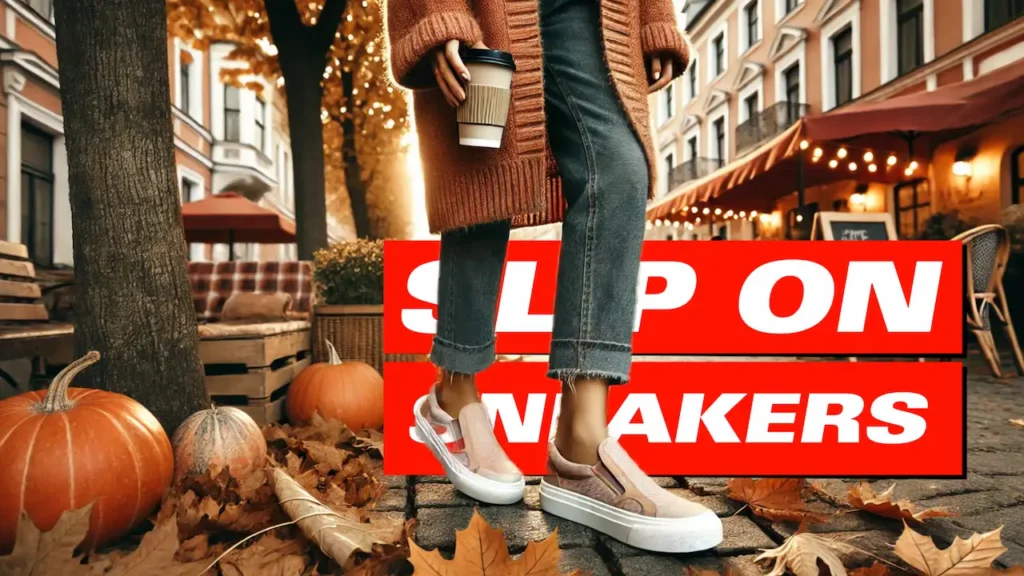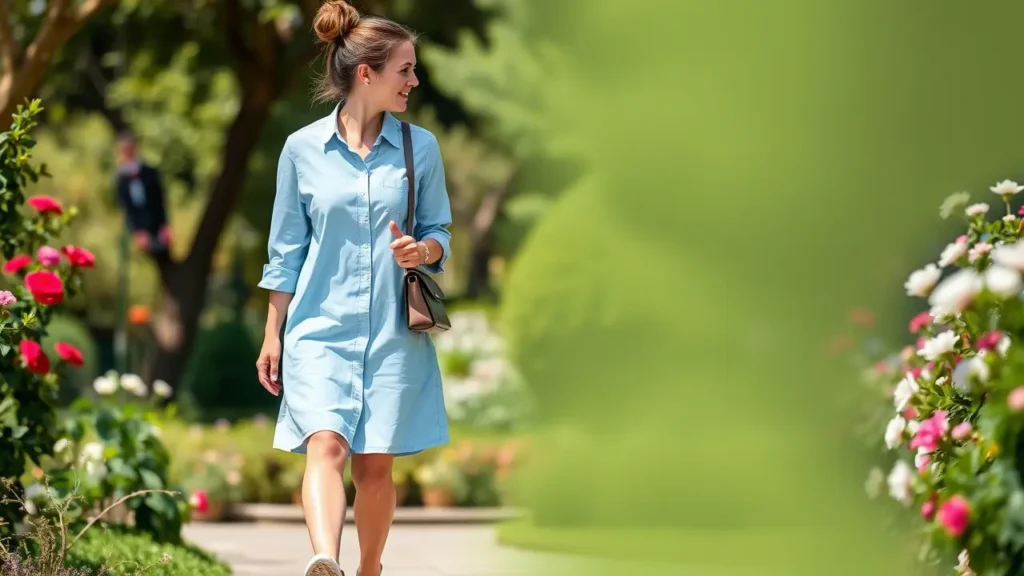The sophisticated designs of minimalist shoes are redefining modern elegance by blending simplicity with functionality. From their sleek aesthetics to their sustainable ethos, minimalist shoes have captured the imagination of designers, consumers, and industry insiders alike. Let’s delve deeper into how this trend is reshaping our understanding of style, comfort, and purpose.
Minimalism in Footwear
Minimalism is about stripping away the unnecessary to focus on what truly matters. This philosophy manifests as clean lines, neutral tones, and an absence of excessive embellishments.
Minimalist shoes prioritize essential elements over intricate details. This approach creates a sense of refined sophistication that feels both contemporary and timeless.
Minimalist shoes are designed with intentionality, eschewing superfluous ornamentation in favor of thoughtful construction. The emphasis is not on drawing attention through bold patterns.
Neutral color palettes such as black, white, beige, gray, and navy dominate minimalist collections. These muted hues allow wearers to mix and match effortlessly. This blend reduces the need for multiple pairs of shoes tailored to specific looks.
The beauty of minimalist footwear lies in its ability to let materials speak for themselves. Unlike traditional footwear laden with ornate decorations, minimalist designs emphasize craftsmanship and material quality.
For instance, premium leathers sourced from ethical suppliers showcase natural textures and finishes, while vegan alternatives like Piñatex (made from pineapple fibers) or mushroom leather highlight innovation without compromising sustainability.
Innovative textiles add another layer of eco-conscious appeal. By focusing on the inherent qualities of these materials, designers create products that exude understated elegance. It is a testament to the idea that true luxury doesn’t shout; it whispers.
But minimalism isn’t just about visual simplicity. It’s also deeply rooted in purposeful design. Many minimalist shoe brands incorporate ergonomic principles. This ensures their products support natural foot movement.
Wide toe boxes, zero-drop soles, and flexible materials mimic barefoot walking. These features promote better posture and reduce strain on joints. This fusion of form and function makes minimalist shoes ideal for individuals who value aesthetics and performance.
For example, wide toe boxes provide ample space for toes to splay naturally. This is essential to alleviate discomfort caused by cramped footwear. Zero-drop soles eliminate the heel-to-toe elevation found in many conventional shoes. This encourages a natural gait. Flexible materials adapt to the shape of the foot, offering a customized fit.
Together, these features enhance overall comfort and contribute to long-term foot health. It is a crucial consideration given how much time we spend on our feet daily.
Moreover, minimalist shoes challenge the notion that style must come at the expense of practicality. They prove that you don’t need any rigid structures to look polished.
Instead, they offer streamlined silhouettes to flatter the foot. Each design of minimalist shoes prioritizes ease of wear. This balance between utility and refinement has made minimalist shoes increasingly popular among urban professionals, travelers, and fitness enthusiasts alike.
A Shift Toward Sustainable Luxury
Minimalist shoes align seamlessly with sustainable awareness. They embrace eco-friendly practices throughout their production processes. By prioritizing environmentally responsible materials, these companies reduce their carbon footprint and contribute to a circular economy.
Some brands repurpose plastic bottles into durable polyester yarns used for uppers, while others transform discarded fishing nets into robust mesh panels. Vegetable-tanned leather, meanwhile, offers an alternative to chemically treated hides. They use natural tannins extracted from tree bark, leaves, and fruits to achieve rich, earthy tones.
Biodegradable soles made from algae foam break down easily after disposal. They minimize landfill waste. Plant-based dyes derived from indigo, turmeric, and madder root provide vibrant colors without harmful chemical runoff.
The minimalist ethos naturally lends itself to sustainability. With fewer components and simpler construction methods, minimalist shoes require fewer resources during manufacturing compared to heavily adorned counterparts.
Traditional footwear involves complex assembly processes, including stitching multiple layers of fabric, attaching decorative elements, and applying synthetic coatings. In contrast, minimalist designs streamline these steps. They reduce energy consumption and material waste.
Additionally, many brands adopt slow-fashion principles. They produce smaller batches to minimize overproduction and ensure each pair is crafted with care. Some even offer repair services or recycling programs. These endeavors help to further extend the lifecycle of their products.
This commitment to sustainability resonates deeply with modern audiences seeking meaningful connections between their purchases and personal values. Consumers today are more informed than ever about the environmental and social impacts of their buying decisions.
They want to know where their clothes and accessories come from, who made them, and what happens to them once they’re discarded. Minimalist shoes address these concerns head-on by offering transparency and accountability throughout the supply chain.
In this sense, minimalist shoes aren’t merely accessories—they’re statements of intent. They represent a conscious choice to invest in pieces that reflect one’s dedication to ethical consumption and long-term thinking.
Wearing minimalist shoes signals a rejection of fast fashion’s throwaway culture in favor of timeless, responsibly made items that stand the test of time. It’s a powerful way to align personal style with broader goals of sustainability.
Furthermore, the rise of minimalist footwear underscores a larger cultural shift toward redefining luxury. Once associated with opulence and excess, luxury now encompasses values like durability, craftsmanship, and environmental stewardship.
Minimalist shoes epitomize this new paradigm. It believes that true elegance stems from thoughtful design and responsible practices. As consumers continue to embrace this mindset, minimalist footwear will undoubtedly play a pivotal role in shaping the future of fashion.
A Timeless Appeal with Versatility

One of the most compelling aspects of minimalist shoes is their versatility. Their unassuming appearance allows them to seamlessly integrate into various wardrobes and settings. Minimalist shoes elevate any outfit with effortless sophistication.
For example, a pair of white leather sneakers can transition effortlessly from a morning jog to brunch with friends, while sleek black loafers can complement everything from office attire to evening ensembles.
Similarly, minimalist ankle boots and ballet flats serve as year-round staples. They adapt to seasonal changes without losing their appeal.
Minimalist shoes possess a timeless quality. Their classic designs ensure they remain relevant season after season. This helps to make them smart investments for those looking to build a capsule wardrobe. This longevity reduces the need for frequent replacements.
The definition of elegance is shifting. Today’s discerning consumers recognize that comfort doesn’t have to come at the expense of style. Minimalist shoes cater to this mindset by offering lightweight, flexible options to allow wearers to move freely.
Brands are incorporating advanced technologies to enhance comfort. Features such as cushioned insoles, arch support, and breathable materials make these shoes suitable for all-day wear.
For instance, some minimalist running shoes feature ultra-lightweight soles designed to mimic the sensation of walking barefoot. Others include shock-absorbing layers for added protection during urban commutes.
This emphasis on comfort extends beyond physical well-being. It also reflects a broader cultural shift toward prioritizing mental and emotional ease. In a fast-paced world where stress levels are high, minimalist shoes provide a sense of relief—not just for your feet, but for your mind.
Breaking Gender Norms and Technological Barriers
Another fascinating aspect of minimalist shoes is their ability to transcend gender boundaries. Minimalist shoes come with neutral palettes and streamlined shapes. Their designs defy conventional categorizations of men’s or women’s footwear.
This inclusivity reflects broader societal shifts toward fluidity and self-expression. This societal shift are empowering individuals to choose shoes based on personal preference rather than prescribed norms.
For example, chunky sneakers once considered masculine have become popular among women, while sleek oxfords traditionally marketed to men are now embraced by non-binary and female consumers alike.
By blurring these lines, minimalist shoe designers are contributing to an inclusive vision of modern elegance—one where everyone can feel confident and stylish regardless of gender identity.
This democratization of footwear also challenges outdated notions of what constitutes appropriate attire for different genders. As minimalist shoes gain popularity across demographics, they pave the way for greater acceptance of diverse sartorial expressions.
While minimalist shoes celebrate simplicity, they often leverage cutting-edge technology to achieve their refined designs. Advances in 3D printing, biomechanics research, and material science have enabled brands to create footwear that marries innovation with tradition.
For instance, some minimalist shoes feature 3D-knitted uppers that mold perfectly to the wearer’s foot.
Similarly, developments in sole technology have led to breakthroughs in durability and flexibility. Vibram soles, for example, are a favorite among minimalist enthusiasts due to their lightweight composition. Proprietary foam compounds offer superior cushioning without adding bulk.
By combining age-old craftsmanship with modern techniques, minimalist shoe makers strike a delicate balance between heritage and progress. This synergy underscores the notion that elegance evolves alongside human ingenuity.
The Future of Minimalist Shoes
It is clear that minimalist shoes will continue to shape the future of fashion. Their alignment with key cultural movements positions them as pioneers in the industry. Their adaptability ensures they’ll remain staples in closets worldwide.
Technological advancements will likely play a significant role in shaping the next wave of minimalist footwear. Imagine shoes embedded with sensors that track gait patterns and adjust fit dynamically based on activity levels.
Or consider biofabricated materials grown from fungi, which could revolutionize eco-friendly production methods. These possibilities hint at a future where minimalist shoes are not only stylish and functional but also deeply integrated into our daily lives.
Ultimately, minimalist shoes remind us that elegance isn’t about opulence. It’s about intentionality, authenticity, and the art of doing more with less.
By stripping away the superfluous, these designs invite us to appreciate the beauty of simplicity—a lesson that extends far beyond our choice of footwear.
Minimalist shoes serve as a quiet rebellion against clutter and noise. They represent a return to what truly matters. And in doing so, they redefine what it means to be elegantly modern.




